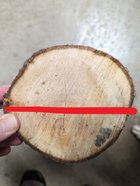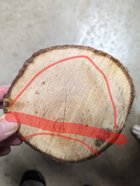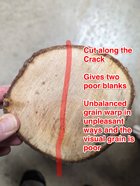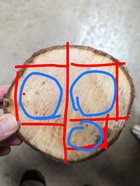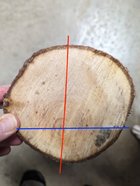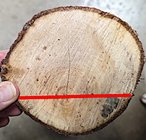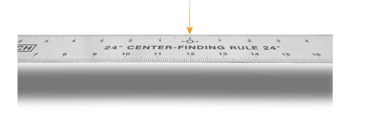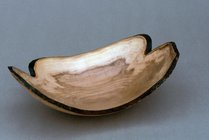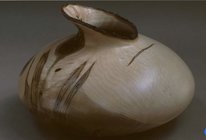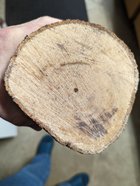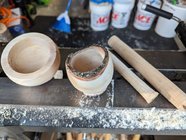Is there a certain way to split a log or can I bisect it any ol' way (I can hear the jokes now  )? For example, take this piece of water oak, what's the best way to split it? Thanks!
)? For example, take this piece of water oak, what's the best way to split it? Thanks!
EDIT: For clarification, when I say bisect or split I talking about cutting it through the pith. What I'm wondering is if I need to bisect it at a certain direction or angle to get the best grain.
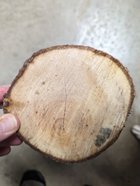
EDIT: For clarification, when I say bisect or split I talking about cutting it through the pith. What I'm wondering is if I need to bisect it at a certain direction or angle to get the best grain.


